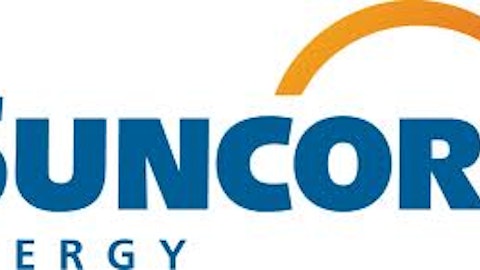
I recently wrote about six influences that affect dividend growth (Earnings Growth, Payout Ratio, Cash Flow, Past Dividend Growth Rates, Recent Dividend Increases, and Company Dividend Policy). Today, I’m going to use TELUS Corporation (USA) (NYSE:TU) and Caterpillar Inc. (NYSE:CAT) as examples of how you can use these different influences to estimate future dividend growth.
Companies with a public dividend policy
In some rare instances, a company will make estimating dividend growth easy by announcing its dividend policy. A good example would be TELUS Corporation (USA) (NYSE:TU), which recently announced that it will target a payout ratio of 65% to 75% and annual dividend growth of 10% for the next three years. They plan on increasing the dividend twice a year with the average annual increase coming in around 10%.
TELUS Corporation (USA) (NYSE:TU) made a similar announcement three years ago when they announced they would be targeting 10% annual dividend growth. TELUS Corporation (USA) (NYSE:TU) has been providing clear guidance on its dividend growth for a while now, but this is not a common occurrence. Most of the time it is not this easy, but you can still make an educated guess with a little extra work.
Companies without a public dividend policy
When a company has not made its dividend policy public, I use earnings estimates and past payout ratios to calculate an estimated annual dividend growth rate range. Once I have the range, I look at the most recent dividend increase and past dividend growth rates to see if I think dividend growth will be at the upper or lower limits of this range. I’ll use some information from my recent dividend stock analysis of Caterpillar as an example.
Caterpillar Inc. (NYSE:CAT) doesn’t have a public target dividend growth rate or payout ratio. Because their dividend policy isn’t public, I looked at past payout ratios to see if I could determine their target payout ratio.

It looks like Caterpillar Inc. (NYSE:CAT) has been targeting a payout ratio of 20%-30%, but because of the troubling times in 2009, it spiked above 100%. Because of this spike, the five-year and 10-year payout ratio averages look inflated, so I prefer 20%-30% as a reasonable range.
Now that I have a target payout ratio, I can use earnings per share (EPS) and the estimated earnings growth to come up with a dividend growth range. You can get an idea of how this is done in the table below. For specific steps, see the explanations below the table.

Right now, analysts are estimating annual growth of 14%.
2. Get the EPS and estimate EPS in five years
In Caterpillar Inc. (NYSE:CAT)’s case, I used the most recent fiscal end EPS of $8.48. Using the 14% annual growth rate results in an estimated EPS in five years of $14.32.
3. Use the payout ratio range to calculate dividends in five years
Use the payout ratio range of 20% to 30% and multiply it by the estimated EPS in five years of $14.32. This will give you the estimated dividend ranging from $2.86 to $4.30.
4. Compare dividends in five years to the current dividend to determine the dividend growth rate
In this example, I used EPS for the fiscal end in December 2012, so I want to use the dividend paid out in the same period, which was $1.96. Now I can compare the dividend range of $2.86 to $4.30 to the current dividend of $1.96 to get average annual growth rates of 7.9% to 17%.
To calculate an average annual growth rate use the following formula:
(Dividends in 5 years/Current Divided)^(1/Number of Years)-1
To give you an example I’ll show you how I calculated the average annual dividend growth rate of 7.9%.
(2.86/1.96)^(1/5)-1 = 0.07850 ~ 7.9%





